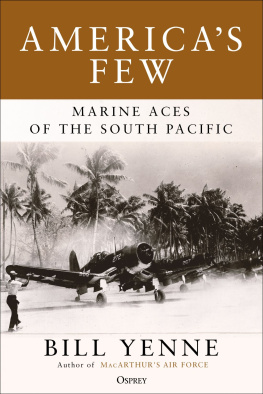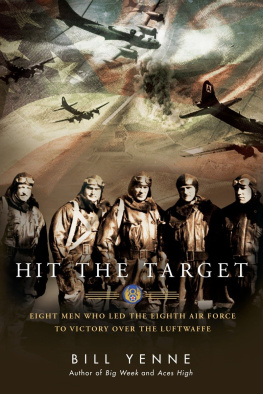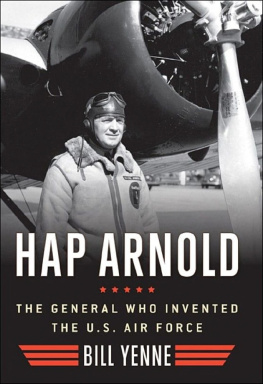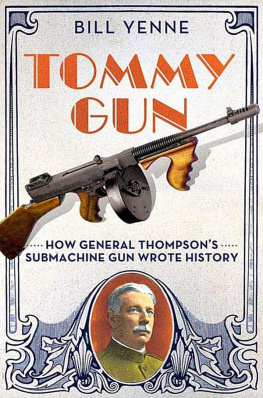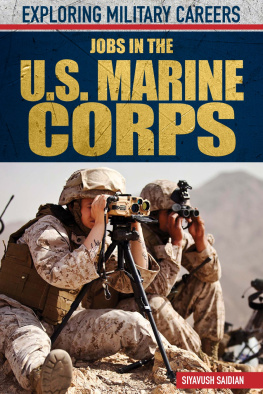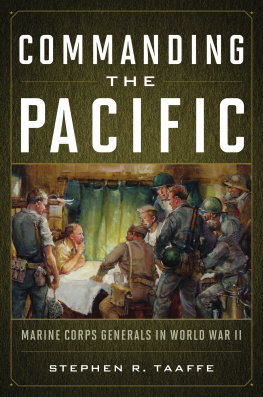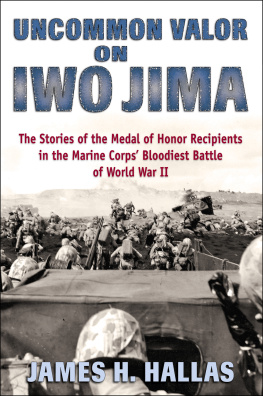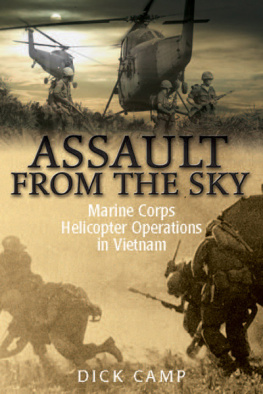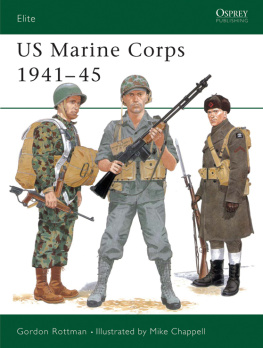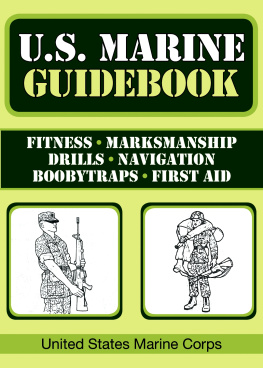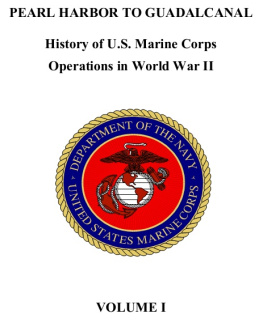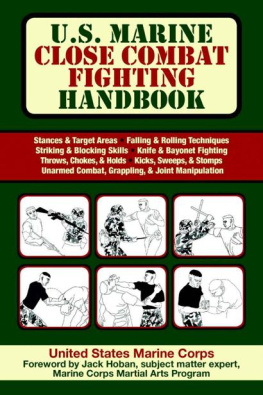Bill Yenne - Americas Few: Marine Aces of the South Pacific
Here you can read online Bill Yenne - Americas Few: Marine Aces of the South Pacific full text of the book (entire story) in english for free. Download pdf and epub, get meaning, cover and reviews about this ebook. City: Oxford, year: 2022, publisher: Osprey Publishing, genre: History. Description of the work, (preface) as well as reviews are available. Best literature library LitArk.com created for fans of good reading and offers a wide selection of genres:
Romance novel
Science fiction
Adventure
Detective
Science
History
Home and family
Prose
Art
Politics
Computer
Non-fiction
Religion
Business
Children
Humor
Choose a favorite category and find really read worthwhile books. Enjoy immersion in the world of imagination, feel the emotions of the characters or learn something new for yourself, make an fascinating discovery.
- Book:Americas Few: Marine Aces of the South Pacific
- Author:
- Publisher:Osprey Publishing
- Genre:
- Year:2022
- City:Oxford
- Rating:3 / 5
- Favourites:Add to favourites
- Your mark:
Americas Few: Marine Aces of the South Pacific: summary, description and annotation
We offer to read an annotation, description, summary or preface (depends on what the author of the book "Americas Few: Marine Aces of the South Pacific" wrote himself). If you haven't found the necessary information about the book — write in the comments, we will try to find it.
Using the parallel stories of Gregory Pappy Boyington and Joseph Smokey Joe Foss, the two top-scoring US Marine Corps fighter aces of all time, this fascinating new book explores US Marine Corps aviation over the South Pacific.
Americas Few delves into the history of US Marine Corps aviation in World War II, following the feats of the Corps top-scoring aces in the skies over Guadalcanal. Marine Corps aviation began in 1915, functioning as a self-contained expeditionary force. During the interwar period, the support of USMC amphibious operations became a key element of Marine aviation doctrine, and the small force gradually grew. But in December 1941 came the rude awakening. Within hours of Pearl Harbor, heroic Marine aviators were battling the Japanese over Wake Island.
In the South Pacific, the aviators of the US Marine Corps came out of the shadows to establish themselves as an air force second to none. In the summer of 1942, when Allied airpower was cobbled together into a single unified entity nicknamed the Cactus Air Force Marine Aviation dominated, and a Marine, Major General Roy Geiger, was its commander. Of the twelve Allied fighter squadrons that were part of the Cactus Air Force, eight were USMC squadrons. It was over Guadalcanal that Joe Foss emerged as a symbol of Marine aviation. As commander of VMF-121, he organized a group of fighter pilots that downed 72 enemy aircraft; Foss himself reached a score of 26. Pappy Boyington, meanwhile, had become a Marine aviator in 1935. Best known as the commander of VMF-214, he came into his own in late 1943 and eventually matched Fosss aerial victory score.
Through the parallel stories of these two top-scoring fighter aces, as well as many other Marine aces, such as Ken Walsh (21 victories), Don Aldrich (20), John L. Smith (19), Wilbur Thomas (18.5), and Marion Carl (18.5), many of whom received the Medal of Honor, acclaimed aviation historian Bill Yenne examines the development of US Marine Corps aviation in the South Pacific.
Bill Yenne: author's other books
Who wrote Americas Few: Marine Aces of the South Pacific? Find out the surname, the name of the author of the book and a list of all author's works by series.

